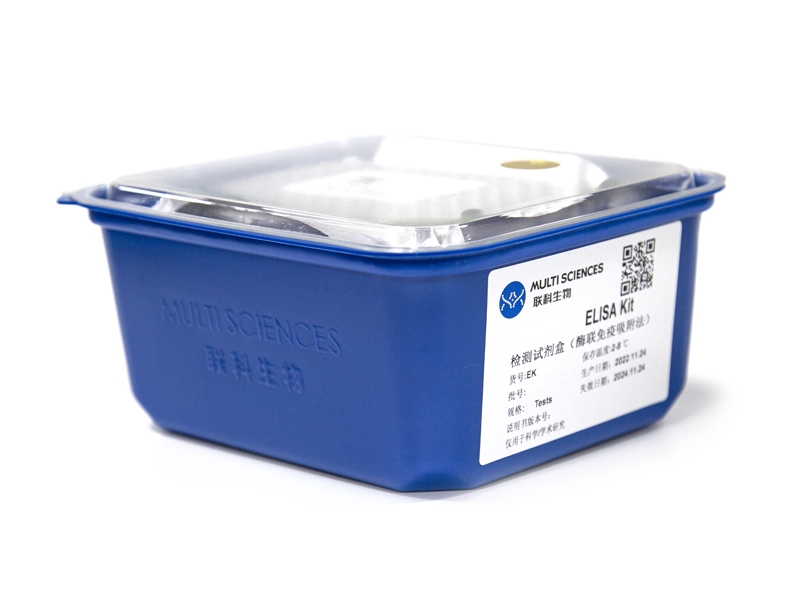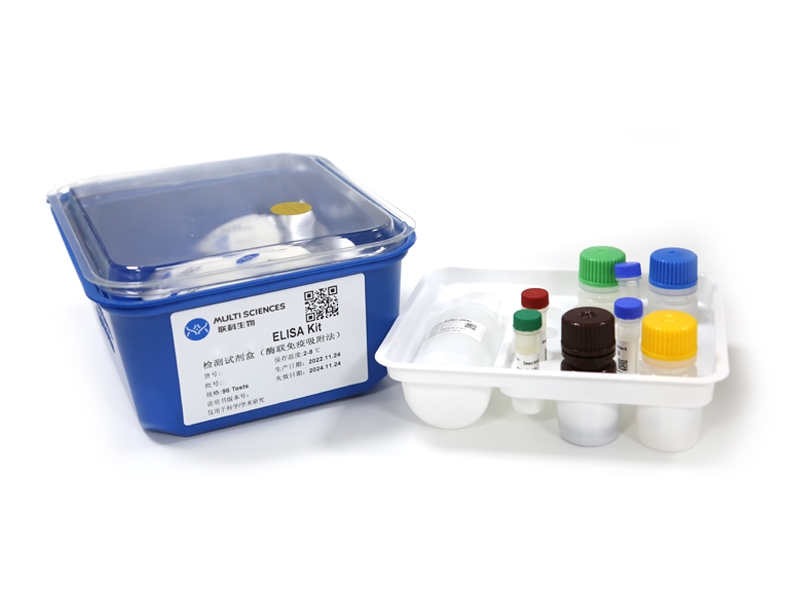In a previous study, we demonstrated that Tanshinone IIA effectively inhibits CRC angiogenesis in?vivo, but the underlying mechanisms were not elucidated. In this report, we describe experiments in which HIF-1α levels were manipulated to probe the effect of hypoxia on CRC cell angiogenesis. We studied the effects of Tan IIA on CRC pro-angiogenic factor and on human umbilical vein endothelial cell angiogenesis in normoxia and hypoxia. Our results show that Tan IIA not only lowers HIF-1α levels and inhibits secretion of VEGF and bFGF, but also efficiently suppresses the proliferation, tube formation and metastasis of HUVECs. Interruption of the HIF-1α/β-catenin/TCF3/LEF1 signaling pathway occurs in the hypoxic microenvironment. The mechanism involves HIF-1α inhibition of TGF-β1 secretion, which drives angiogenesis by promoting β-catenin nuclear localization and TCF/LEF activation. To test an improved delivery system for Tan IIA, we loaded the drug into mesoporous silica nanoparticles (MSN-NH(2)) and found that it effectively targets HIF-1α overexpression in a mouse colon tumor model. Finally, Tan IIA sodium sulfonate exhibits anti-angiogenesis activity in CRC patients by reducing levels of angiogenin, VEGF and bFGF expression. Our research provides a new anti-angiogenesis strategy and strengthens support for the use of Tan IIA as an angiogenesis inhibitor.
文章引用产品
-
-
- EK183 96 Citations
- ELISA试剂盒
Human VEGF ELISA Kit检测试剂盒(酶联免疫吸附法)
-
¥1,600.00 – ¥10,800.00
-
- EK183 96 Citations
- ELISA试剂盒
Human VEGF ELISA Kit检测试剂盒(酶联免疫吸附法)
- ¥1,600.00 – ¥10,800.00



